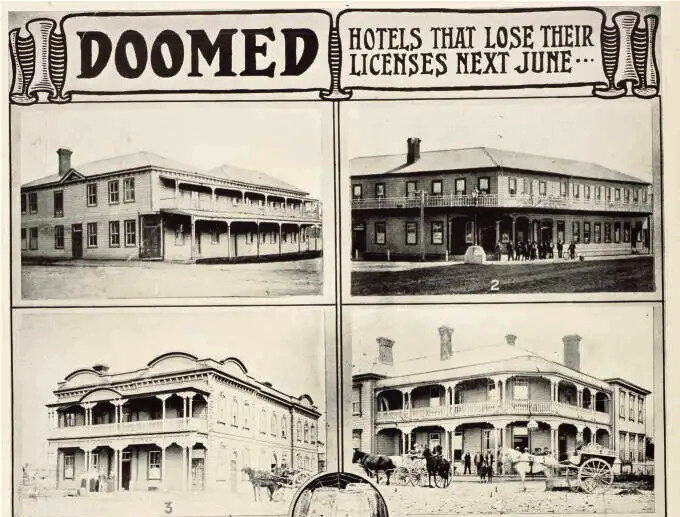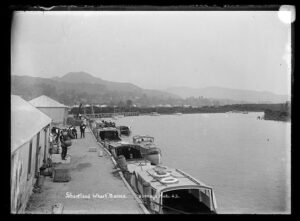As part of a Valley Profile series, MEGHAN HAWKES searches through old newspapers to bring you the stories Thames Valley locals once read about themselves.
1909
Fourteen hotels in the Thames Valley were hammered by Prohibition. Those to be closed were four hotels at Waihī, four at Paeroa, two at Karangahake, two at Waitekauri, one at Mackaytown, and one at Waikino.

On their final night, the Paeroa hotels had a particularly busy time, but there was an entire absence of the anticipated drunkenness. Although there were more people than usual in the streets who stayed out until about 11pm there wasn’t any kind of demonstration. At Waihī a spirited crowd gathered after 10pm but by the next morning three of the four hotels – the Rob Roy, Sterling, and Central – were reopened as respectable boarding houses and all remaining liquor removed.
NETHERTON FLOOD
A flood at Netherton left almost the whole district under a vast sheet of water. Despite the rain ceasing, the flood alarmingly increased and panicky messages from there stated that the water was still rising and although water had not entered any of the residences, it was right up to the floor of the verandahs.
NARROW ESCAPES
Mr J Feeney, who was returning to his home at the foot of Primrose Hill, Paeroa with his horse and empty dray, was ejected from his seat when the turning dray capsized. Mr Feeney fell underneath, miraculously escaping injury by being completely covered by the dray, the sides of which missed hitting him. His perilous position was observed and willing helpers soon put the dray the right way up and dragged Mr Feeney out. Another narrow escape occurred at Matatoki when Mr O’Shea, engine driver, was making the return journey in the excursion train from Miss Ada Crossley’s concert at Paeroa. A number of draught horses were on the line and he immediately applied the Westinghouse brakes and pulled the train up with some suddenness. Had it not been for his promptitude a serious accident might have resulted, but as it was the passengers suffered only the inconvenience of a sudden jerk.
127 MILES OF DRAINS
Excellent progress was being made with the drainage works on the Hauraki Plains. One hundred and twenty seven miles of drains had been constructed, and forming roads and access tracks was being proceeded with. From the Piako river mouth to its junction with the Waitoa, all snags had been removed; the river cleared of logs to a width of 25 feet, and all willows removed along the whole distance. The main canal, fifteen miles long, had been opened along its entire length by a drain 9ft wide at surface, 6ft wide at base, and 3ft deep. Of the two Priestman dredges, of special design and imported direct from the manufacturers, one was at work at the north, or Waitakaruru end, and the other at work at the south end. Eight floodgates had been erected, and twenty more were to follow. Two wharves had been constructed, and two more were under construction. One office, one cottage, and nine workers dwellings had been built at Waitakaruru and a cookhouse was to follow. About 145 men were employed on the works.




